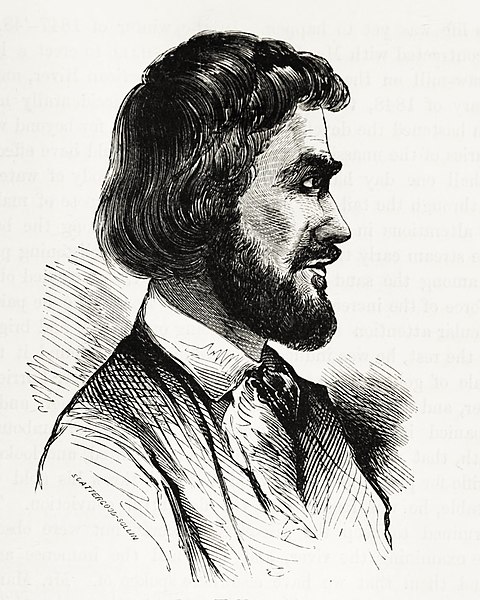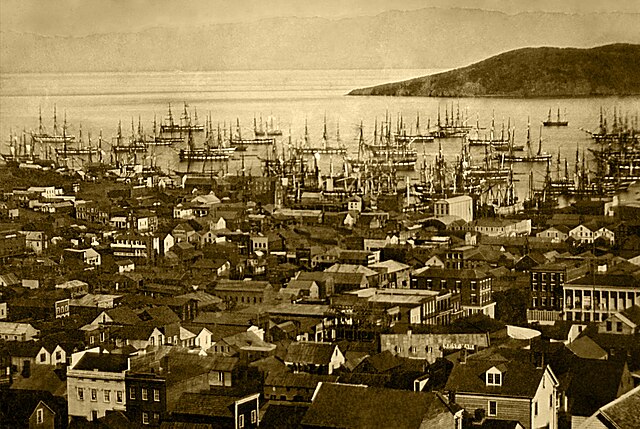Women in the California Gold Rush
Women in the California Gold Rush, which began in Northern California in 1848, initially included Spanish descendants, or Californios, who already lived in California, Native American women, and rapidly arriving immigrant women from all over the world. At first, the numbers of immigrant women were scarce, but they contributed to their community nonetheless. Some of the first people in the mining fields were wives and families who were already in California. A few settler women and children and the few men who did not leave their family worked right alongside the men but most men who arrived left their wives and families home. The number of women in California changed very quickly as the rich gold strikes and lack of women created strong pressures in the new Gold Rush communities to restore sex balance. As travel arrangements improved and were made easier and more predictable the number of women coming to California rapidly increased. Most women probably came by way of Panama as this was one of the fastest trips and one of the most reliable—although expensive in 1850--$400–$600/person one-way. Passage via Panama became much more predictable after the paddle wheel steam ship lines were up and running by late 1849. In Ireland, the Great Famine was a period of mass starvation, disease and emigration between 1845 and 1852 that drove many desperate women to the United States and on to California.

Gold Rush era Portrait of a Californio woman of Hispanic descent
Carte de Visite photograph of a Chinese woman, California
Belle Cora's house of prostitution and gambling in San Francisco, 1853
A woman with three men panning for gold during the California Gold Rush
The California gold rush (1848–1855) was a gold rush that began on January 24, 1848, when gold was found by James W. Marshall at Sutter's Mill in Coloma, California. The news of gold brought approximately 300,000 people to California from the rest of the United States and abroad. The sudden influx of gold into the money supply reinvigorated the American economy; the sudden population increase allowed California to go rapidly to statehood in the Compromise of 1850. The Gold Rush had severe effects on Native Californians and accelerated the Native American population's decline from disease, starvation, and the California genocide.
Prospectors working California gold placer deposits in 1850
1855 illustration of James W. Marshall, discoverer of gold at Sutter's Mill
Advertisement about sailing to California, c. 1850
Merchant ships fill San Francisco Bay, 1850–51







